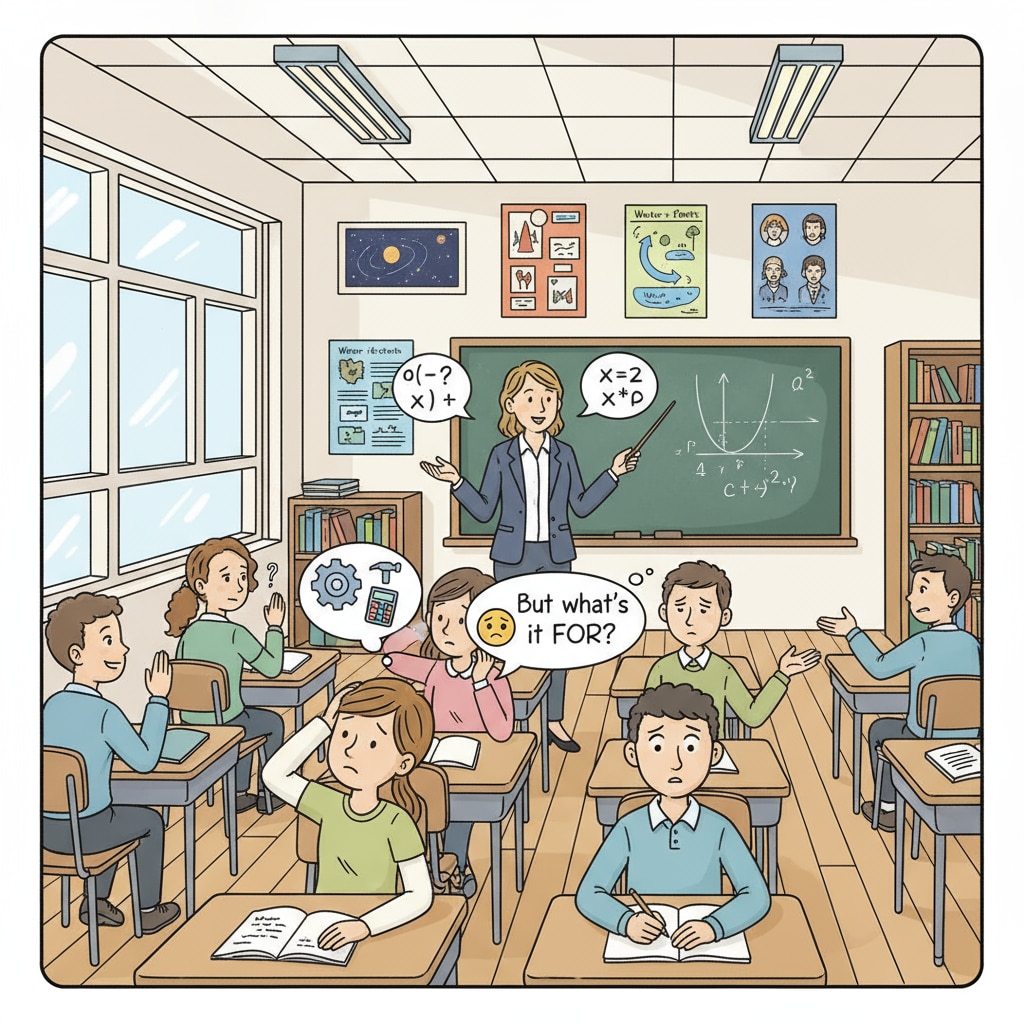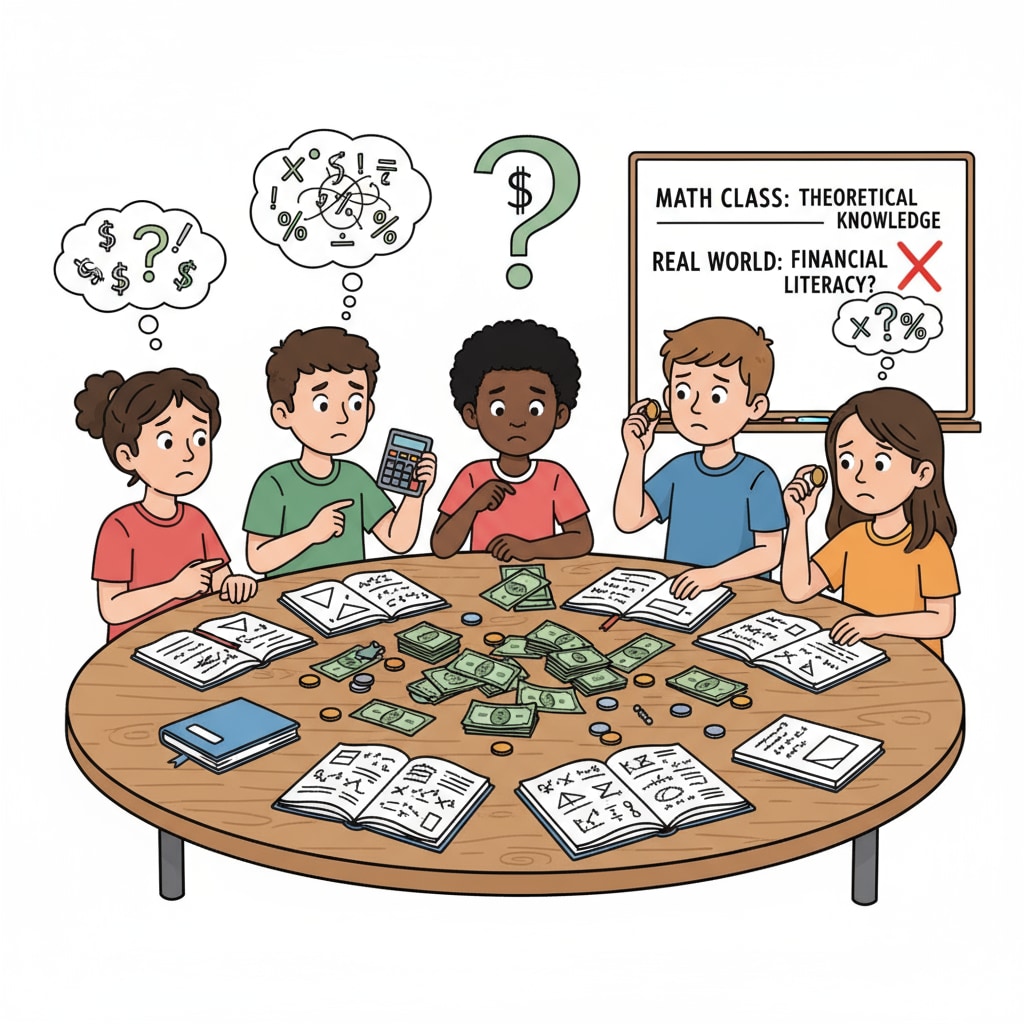School education, practicality, and academic assessment are three crucial aspects that are often at odds in the current K12 education system. The question of whether what students learn in school is relevant to their real – life experiences has been a topic of increasing concern. As students progress through their K12 education, they are inundated with a vast amount of knowledge, but much of it seems to have little bearing on their daily lives.

The Disconnect between K12 Education Content and Real Life
K12 education typically follows a standardized curriculum that emphasizes theoretical knowledge in subjects like mathematics, science, and language arts. For example, in math classes, students spend countless hours solving complex equations and learning geometric principles. However, when it comes to real – life situations, such as managing personal finances or measuring materials for a home project, they may struggle to apply these concepts. According to Education Week, many students find the transition from school to the real world challenging because of this disconnect. This shows that there is a significant gap between what is taught in school and what is needed in daily life.

The Limitations of the Traditional Academic Assessment System
The traditional academic assessment system, which heavily relies on exams and grades, has its limitations. These assessments mainly measure students’ ability to memorize facts and regurgitate information rather than their practical skills and problem – solving abilities. For instance, a student may get a high grade in a history exam by memorizing dates and events, but may not be able to analyze historical situations or draw lessons relevant to current issues. Britannica states in its education section that this narrow focus of assessment fails to capture a student’s true understanding and potential. As a result, students may excel in school but lack the skills necessary to succeed in real – world scenarios.
To bridge this gap, educators need to reevaluate the curriculum and assessment methods. Incorporating more real – life examples and hands – on projects into the curriculum can help students better understand how the knowledge they are learning is applicable. For example, in science classes, students could conduct experiments related to environmental issues that they encounter in their local communities. Additionally, assessment methods could be diversified to include practical tasks, group projects, and real – world problem – solving scenarios. This way, students will be better prepared for the challenges of the real world.
Readability guidance: The key points here are the disconnection between education content and real life, and the limitations of the traditional assessment system. We’ve used short paragraphs to make the information accessible. Transition words like ‘for example’ and ‘however’ have been used to connect ideas. Each H2 section has a clear focus, and we’ve provided external references to support the arguments.


